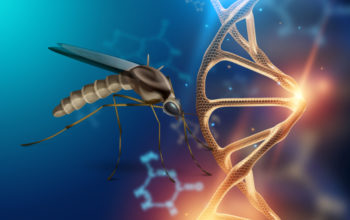
Date: 5th March 2019
Efficiency gains will always be at the forefront of technology advancement. One example of this was the engineering of DNA targeting nucleases as more efficient and enabling tools for genome manipulation; firstly using Zinc Finger Nucleases (ZFNs), then Transcription Activator-Like Effector Nucleases (TALENs) and, more recently CRISPR-Cas technology. Now, with a mind to improving efficiencies through the breadth of genes that can be targeted in a single experiment, a team of scientists from Beijing have attempted to multiplex gene editing with CRISPRs. To date this has been limited by processing efficiencies of the guide RNAs (gRNA).
The paper, published in Nature Communications, describes two systems for multiplexing gene editing in S.cerevisiae. The first system, GTR-CRISPR, a gRNA-tRNA array for CRISPR-Cas9 enabled up to 8 genes to be simultaneous disrupted with an estimated 87% efficiency. The addition of tRNA aids gRNA proccessing so that the guides are transcribed more efficiently. The second system is a derivative of the first, Lightning GTR-CRISPR, it accelerates the process by removing the E.coli transformation stage. For optimised gRNAs, the efficiency of disrupting 4 genes reached 96% efficiency, whilst efficiencies of 60% were observed when 6 genes were simultaneously modified. The ability to simultaneously disrupt genes with high efficiencies is appealing although further optimisations are likely to follow.
The high efficiencies reported here, along with the reported rapid turnaround for creating engineered cells (3 days) suggests that this could be an attractive system for the synthetic biologist. How this could potentially be translated further into automated systems and other organisms will be one to watch out for…
Zhang, Y., J. Wang, Z. Wang, Y. Zhang, S. Shi, J. Nielsen and Z. Liu (2019). “A gRNA-tRNA array for CRISPR-Cas9 based rapid multiplexed genome editing in Saccharomyces cerevisiae.” Nature Communications 10(1): 1053.
https://doi.org/10.1038/s41467-019-09005-3


